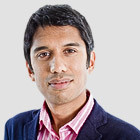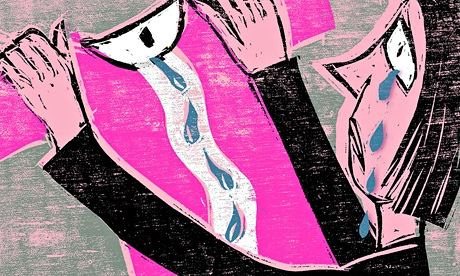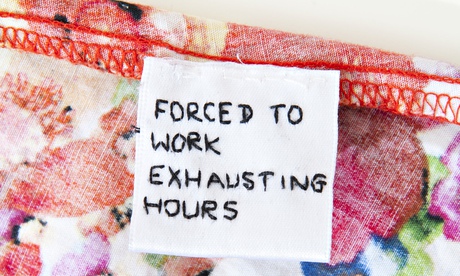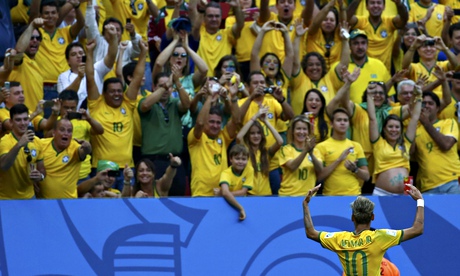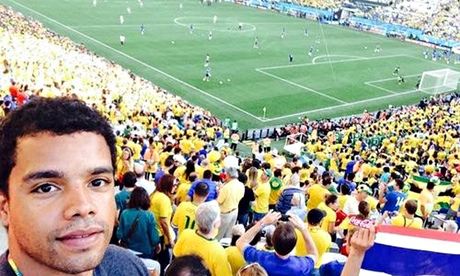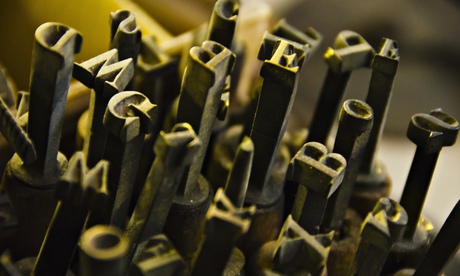Vijay Prashad in The Hindu
Both the West and the Gulf Arabs suggest that the terrorism that they dislike against themselves is acceptable to others.
Abu Bakr al-Baghdadi welcomed this Ramadan by declaring the formation of the Caliphate, with him as the Caliph — namely the successor of the Prophet Mohammed. It is the first return of a Caliphate since Kemal Atatürk’s Turkish National Assembly abolished it in 1924. Al-Baghdadi, the nom de guerre for the leader of the Islamic State of Iraq and al-Sham (ISIS), has now announced that borders inside the dar al-Islam, the world of Islam, are no longer applicable. He has been able to make this announcement because his fighters have now taken large swathes of territory in northern Syria and in north-central Iraq, breathing down on Baghdad, the capital of the Abbasid Caliphate (750-1258).
Al-Baghdadi’s declaration comes after ISIS threatened to make its presence felt outside the territory it now controls. Bomb blasts in Beirut, Lebanon, hinted at ISIS’ reach. Jordanian authorities hastened to crack down on “sleeper cells” for ISIS as soon as chatter on social media suggested that there would be a push into Zarqa and Ma’an. Private Kuwaiti funding had helped ISIS in its early stages, but now Kuwait hinted that it too is worried that ISIS cells might strike the oil-rich emirate. When ISIS took the Jordan-Syria border posts, Saudi Arabia went into high alert. There is no substantive evidence that ISIS is in touch with al-Qaeda in Yemen, but if such coordination exists (now that al-Baghdadi has fashioned himself as the Caliph) it would mean Saudi Arabia has at least two fronts of concern. “All necessary measures,” says the Kingdom, are being taken to thwart the ISIS advance.
Jihad hub
Several months ago, two intelligence agencies in the Arab region had confirmed that ISIS is a genuine threat, not a manufactured distraction from the war in Syria. Many of those associated with the rebellion in Syria had suggested that ISIS was egged on by the government of Bashar al-Assad to allow his preferred framing of the Syrian war — that his is a war against terrorism and not against a civic rebellion. While it is true that Assad’s government released a number of jihadis in 2011, there is no evidence to suggest that he created ISIS. ISIS is a product of the U.S. war on Iraq, having been formed first as al-Qaeda in Iraq by the Jordanian militant Abu Musab al-Zarqawi. Deeply sectarian politics, namely an anti-Shia agenda, characterised al-Qaeda in this region. Funded by private Gulf Arab money, ISIS entered the Syrian war in 2012 as Jabhat al-Nusra (the Support Front). It certainly turned a civic rebellion into a terrorist war. Political support from the West and logistical support from Turkey and the Gulf Arab states allowed it to thrive in Syria. It became a hub for international jihad, with veterans from Afghanistan and Chechnya now flocking to al-Baghdadi’s band of fellows. By the start of 2014, ISIS held two major Iraqi cities (Ramadi and Fallujah) and two Syrian cities (Raqqa and Deir Ezzor). Their push to Mosul, then Baghdad was on the cards for at least a year.
The West has been consistently naive in its public assessment of events in West Asia. U.S. policy over Syria was befuddled by the belief that the Arab Spring could be understood simply as a fight between freedom and tyranny — concepts adopted from the Cold War. There was a refusal to accept that the civic rebellion of 2011 had morphed quite decisively by late 2012 into a much more dangerous conflict, with the radical jihadis in the ascendancy. It is of course true, as I saw first-hand, that the actual fighters in the jihad groups are a ragtag bunch with no special commitment to this or that ideology. They are anti-Assad, and they joined Jabhat al-Nusra or Ahra¯r ash-Sha¯m because that was the group at hand with arms and logistical means. Nevertheless, the fighters did fight for these groups, giving them the upper hand against the West’s preferred, but anaemic, Free Syrian Army. The Islamic State’s breakthrough in Iraq has inspired some of these men to its formations in Syria. They want to be a part of the excitement.
The West’s backing of the rebellion provided cover for Turkey’s more enthusiastic approach to it. Intoxicated by the possibility of what Turkey’s Foreign Minister Ahmet Davutog˘lu favoured as “neo-Ottomanism,” the Turkish government called for the removal of Assad and the emergence of a pro-Istanbul government in Damascus. Turkey opened its borders to the “rat-line” of international jihad, with planeloads of fighters from Libya and Chechnya flying into Turkey to cross into Syria to fight for ISIS and its offshoots. ISIS spat in Turkey’s salt. ISIS struck Turkey in 2013 with car bombs and abductions, suggesting to Ankara that its policy has endangered its citizens. In March, the Governor of Hatay province, Mehmet Celalettin Lekesiz, called upon the government to create a new policy to “prevent the illegal crossing of militants to Syria.” His report was met with silence.
Blowback
An ISIS billboard in Mosul depicts the flags of the states in the region. All are crossed out as being traitorous regimes. Only the ISIS black flag stands as a sentinel for justice. Among the regimes to be overthrown is the Kingdom of Saudi Arabia. Saudi Arabia has used its vast wealth to influence the region, and to outsource its own problems with extremism. In 1962, the Kingdom created the Muslim World League as an instrument against secular Arab nationalism and Communism. Twenty years later, the war in Afghanistan provided the opportunity for the Kingdom to export its own disaffected youth (including Osama bin Laden) to fight the Afghan Communists rather than their own royal family. The 1979 takeover of the Mecca mosque by jihadists was an indication of the threat of such youth. Saudi policy, however, did not save the Kingdom. Al-Qaeda, the product of this policy, threatened and attacked the Kingdom. But little was learned.
Saudi policy vis-à-vis Syria and Iraq repeats the Afghan story. Funds and political support for jihadisin the region came from the Kingdom and its Gulf allies. Saudi Arabia tried to stop its youth from going to the jihad — a perilous mistake that it had made with Afghanistan. On February 3, the King issued a decree forbidding such transit. But there is no pressure on Saudi Arabia and its Gulf allies to stop their tacit support of ISIS and its cohort. Nor is there pressure on it to stop its financing of the harsh repression in Egypt, sure to fuel more conflict in the near future. The Arab world, flush with hope in 2011, is now drowning in a counter-revolution financed by petrodollars. Saudi Arabia’s response to the rise of ISIS misleads — no intervention to help the Iraqi state. “We are asked what can be done,” wrote its Ambassador to the U.K., Prince Mohammed bin Nawaf bin Abdul Aziz. “At the moment, we wait, we watch and we pray.”
No age-old conflict
The fact is that both the West and the Gulf Arabs are doing more. They continue to finance the jihadi rebels in Syria (all promises of vetting by the U.S. are comical), and they continue to see the Assad government as an obstacle to peace in the region. Both the West and the Gulf Arabs suggest that the terrorism that they dislike against themselves is acceptable to others. The history of their policies also suggests that Western and Gulf Arab intervention leads inexorably to the creation of police states (as in Egypt) and terrorist emirates. A lack of basic commitment to people’s movements — anchored in unions and in civic groups — will always lead to such diabolical outcomes.
Meanwhile, sectarian lines are being hardened in the region. The battle now does not revisit the ancient fight at Karbala. This is not an age-old conflict. It is a modern one, over ideas of republicanism and monarchy, Iranian influence and Saudi influence. Shadows of sectarianism do shroud the battle of ordinary people who are frustrated by the lack of opportunities for them and by the lack of a future for their children. What motivates these fights is less the petty prejudices of sect and more the grander ambitions of regional control. Al-Baghdadi has announced that his vision is much greater than that of the Saudi King or the government in Tehran. He wants to command a religion, not just a region. Of such delusions are great societies and cultures destroyed.
